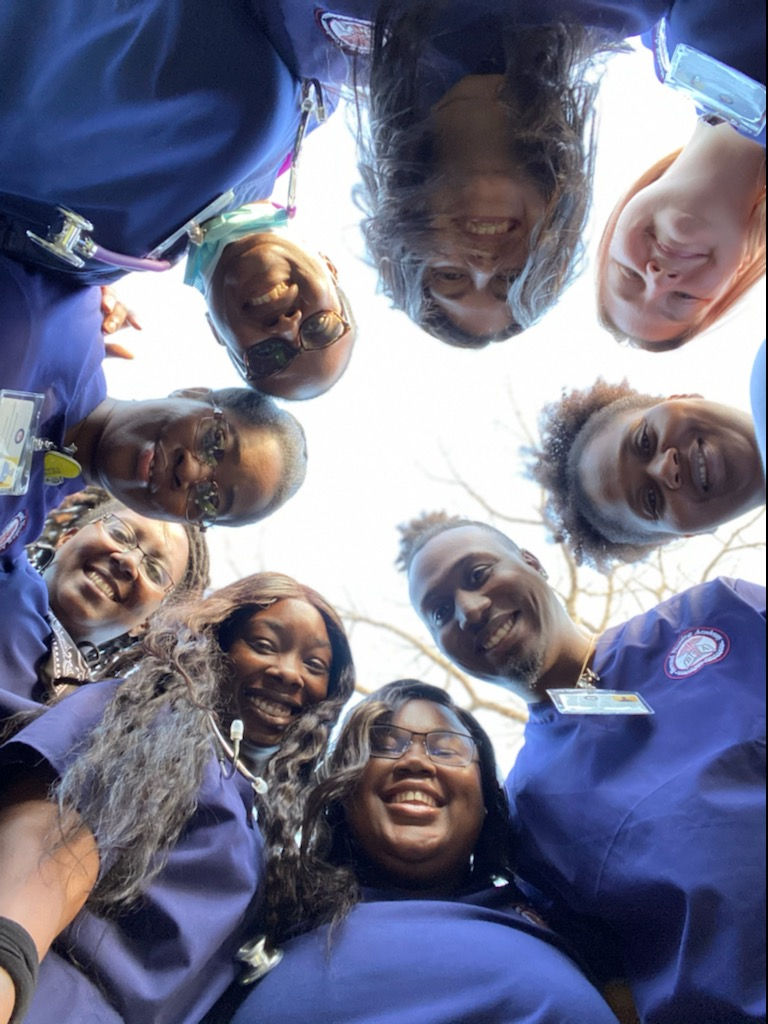CPR/BLS Training: How to Save Lives with Confidence
- brevardnursingacad

- Sep 25, 2024
- 3 min read

Knowing how to perform CPR (Cardiopulmonary Resuscitation) and BLS (Basic Life Support) can make the difference between life and death in an emergency. Whether you’re a healthcare professional or someone looking to gain valuable life-saving skills, CPR/BLS training equips you with the knowledge and confidence to respond effectively in critical situations.
In this blog post, we’ll explore the importance of CPR/BLS training, what you’ll learn in Brevard Nursing Academy’s program, and how these skills can make you a hero when it matters most.
1. Why CPR/BLS Training is Essential
Cardiac arrest is one of the leading causes of death, with more than 350,000 cases occurring outside of hospitals each year in the United States alone. Knowing how to perform CPR can significantly increase a person’s chances of survival. CPR/BLS training teaches you how to recognize the signs of cardiac arrest, perform chest compressions and rescue breathing, and use an automated external defibrillator (AED) to save lives.
2. Who Should Take CPR/BLS Training?
CPR/BLS training is not just for healthcare professionals—it’s a valuable skill for everyone. Whether you’re a teacher, coach, caregiver, or simply someone who wants to be prepared in case of an emergency, CPR/BLS training provides you with the tools you need to respond confidently and effectively. At Brevard Nursing Academy, we offer CPR/BLS training for both healthcare providers and the general public.
3. What You’ll Learn in CPR/BLS Training
Our CPR/BLS training program covers all the essential life-saving skills, including how to:
Perform high-quality chest compressions for adults, children, and infants
Provide effective rescue breaths
Use an AED (Automated External Defibrillator)
Recognize the signs of a heart attack, stroke, or choking
Respond to emergency situations with confidence
4. Hands-On Training for Real-World Confidence
At Brevard Nursing Academy, we believe that hands-on training is the best way to build confidence in life-saving techniques. Our CPR/BLS training is taught by experienced instructors who provide personalized guidance and feedback as you practice chest compressions, rescue breathing, and AED use. By the end of the course, you’ll feel fully prepared to respond in a real-life emergency.
5. Why CPR/BLS Certification is Important for Healthcare Professionals
For healthcare professionals, CPR/BLS certification is often a requirement for employment. Whether you’re a nurse, doctor, or EMT, being certified in CPR/BLS ensures that you’re equipped to handle cardiac emergencies in your work environment. At Brevard Nursing Academy, our CPR/BLS certification is recognized by healthcare institutions, ensuring that you meet the necessary qualifications for your role.
Frequently Asked Questions (FAQs):
Q1: Who should take CPR/BLS training?
Answer: CPR/BLS training is beneficial for both healthcare professionals and the general public, including teachers, caregivers, and anyone interested in learning life-saving skills.
Q2: How long does CPR/BLS certification last?
Answer: CPR/BLS certification typically lasts for two years, after which you’ll need to renew your certification.
Q3: What equipment is used in CPR/BLS training?
Answer: CPR/BLS training includes the use of mannequins for practicing chest compressions and rescue breathing, as well as AEDs for hands-on practice.
Q4: Can I take CPR/BLS training even if I’m not a healthcare professional?
Answer: Yes, our CPR/BLS training is open to anyone who wants to learn these valuable life-saving skills.
Q5: How long does it take to complete CPR/BLS training? Answer: Our CPR/BLS training program can typically be completed in a few hours, depending on the level of certification required.




Comments